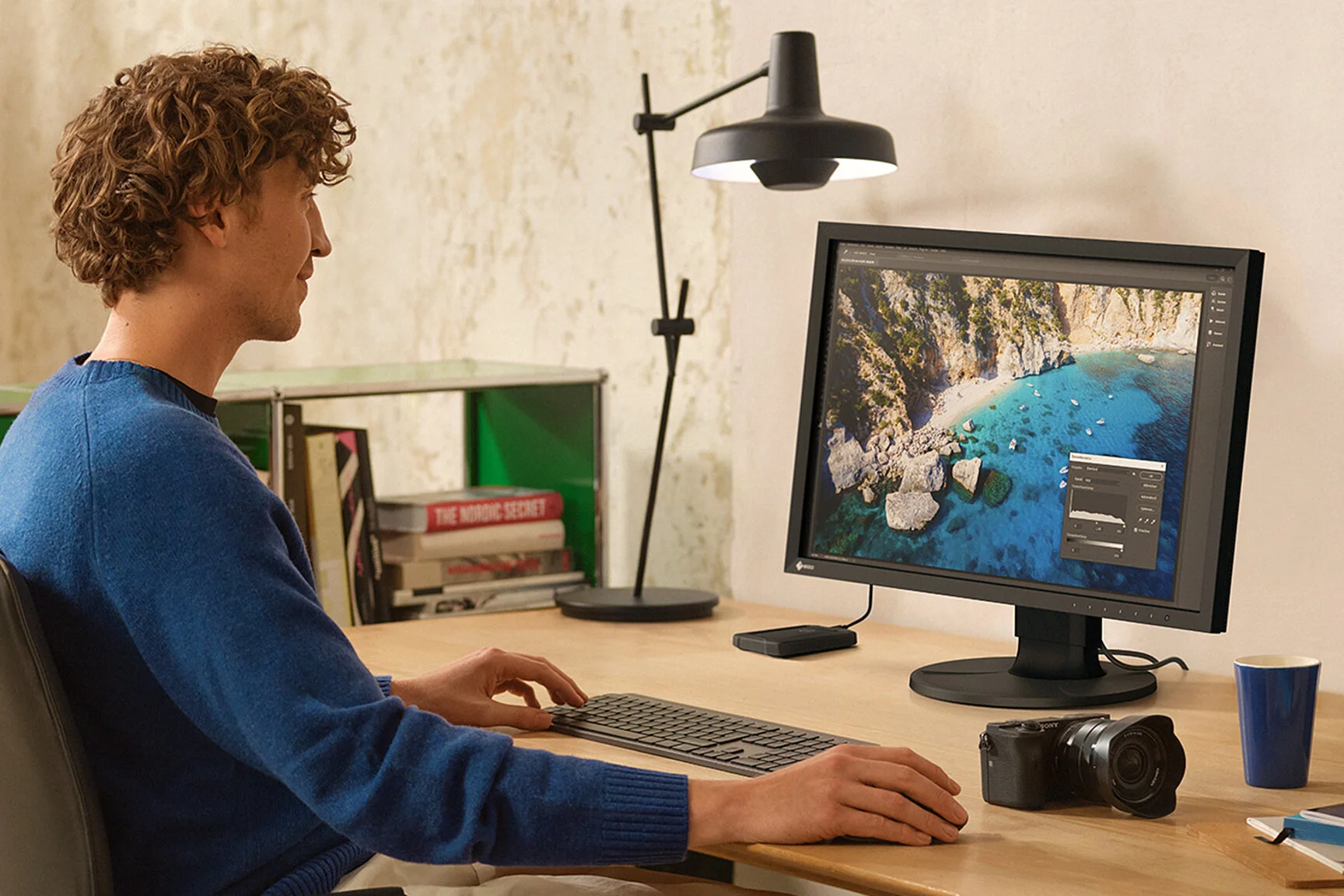Regularly calibrating your monitor screen is important to achieve optimal results in editing, printing, and online publishing. A well-calibrated screen provides color accuracy and performance reliability. Find out how often you should calibrate your monitor and the recommended tools.
Regular calibration of your monitor screen is a fundamental practice for achieving optimal performance. This process, which encompasses color accuracy, brightness refinement, and contrast enhancement, contributes to a display that is not only accurate but also reliable. By reducing color variations, calibration becomes the cornerstone of producing high-quality photo prints that faithfully represent your artistic vision.
Table of contents


Why is monitor calibration necessary?
Photographers devote a lot of time and energy to capturing perfect images, then transferring them to our computers. Having a high-quality screen, properly calibrated, is essential for displaying colors, shadows, and highlights accurately. It’s the cornerstone of a review and editing process we can rely on. Screen calibration isn’t just a technical step; it’s crucial for photographers and imaging professionals who require precise color representation for tasks such as editing, printing, and online publishing. This ensures consistency in how colors are represented and ensures faithful reproduction of visual content.
How often should you calibrate your screen?
The frequency at which you should calibrate your monitor depends on various factors such as the type of screen, its age, and the level of color accuracy required for your work. In general, professionals like photographers and graphic designers recalibrate their screens approximately once a month to maintain optimal color accuracy. The process is quicker than the initial calibration. Make sure your screen is free from direct light or reflections, and let it warm up for at least 30 minutes for proper calibration. Regular calibration is crucial for tasks such as photo editing, printing, and online publishing, as it ensures color and tone accuracy in visual content.
Discover our selection of monitors
Should you calibrate by software or hardware?
For the best results, it’s recommended to calibrate your monitor using both dedicated hardware and software tools. While purely software-based solutions exist, they don’t ensure the same level of precision and reliability as hardware calibration. By using specialized devices from reputable brands like DataColor, Globell, or X-Rite, you can achieve precise measurements and create a custom color profile optimized for your monitor. This hardware approach enhances color accuracy and consistency, which is particularly crucial for photographers and imaging professionals who demand strict standards in their work.


In conclusion, why and when should you calibrate your monitor screen?
Regular monitor calibration is essential for achieving optimal performance, ensuring color accuracy, brightness, and contrast. This practice is indispensable for photographers as it forms the foundation of reliable image review and editing. Professionals typically perform monthly recalibration to ensure consistent color representation, using specialized hardware and software tools for precise measurements and custom color profiles, such as those offered by DataColor, Globell, or X-Rite.
























